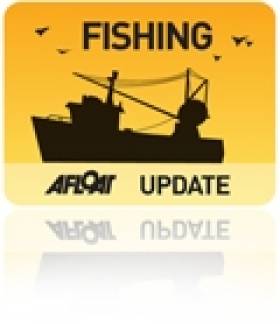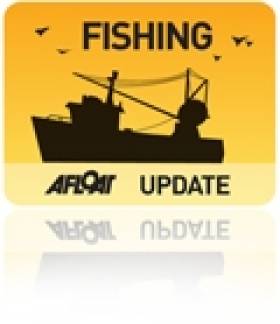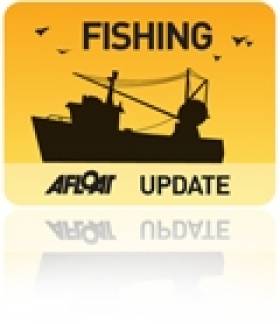Displaying items by tag: oysters
Applications For 2014 Oyster Dredge Licences
#Oysters - Fishermen wishing to apply for oyster dredge licences for the 2014 season must apply on the official form to the relevant River Basin District Office before 12 noon on Monday 18 November 2013.
This new process has become necessary due to the fact that there are many Special Areas of Conservation (SACs) and Natura 2000 sites in Ireland that also contain oyster fisheries.
As the exploitation of these fisheries will requires dredging, appropriate assessment of these fishing activities will have to be undertaken. In the absence of appropriate assessments, against predetermined conservation objectives, it is necessary to ensure that no intensification of the fishing activity for oysters be permitted.
This has been further strengthened by the issuing of a direction from the Minister in accordance with Section 278 (5)(a) of the Fisheries (Consolidation) Act 1959 as amended and the Habitats Directive as transposed by European Commission (Birds and Natural Habitats) Regulations 2011 (SI 477/ 2011).
Further information as well as the official application procedure and application form are available HERE.
#Fishing - "Absolutely hammered" is how a Carlingford Lough oyster farmer describes the state of his business after £350,000 (€404,000) worth of his stock was destroyed by a virus in the recent heatwave.
And as the Belfast Telegraph reports, Darren Cunningham now fears financial ruin after at least 80% of his juvenile oysters were wiped out by the ostreid herpes virus, which kills the shellfish when the water temperature rises above 16 degrees.
Unfortunately for Cunningham and fellow oysterman Harold Henning, who fears a total loss of his young oysters, Stormont has no compensation scheme in place for lost stocks in Northern Ireland.
The Belfast Telegraph has more on the story HERE.
Connemara Oyster Grounds To Lose Disease-Free Status
#Fishing - The Marine Institute is encouraging the agreement of a new code of practice for oyster fishing at Ballinakill Bay in Co Galway, which is set to lose its disease-free status.
Galway Bay FM reports that a single oyster out of 900 tested at the bay, near Letterfrack on the north-west coast of Connemara, tested positive for the Ostreid herpes virus two years ago as part of an EU-supported programme.
Though accounting for just 0.11% of the entire sample, the positive test is enough to strip the area of its clean status.
Senator Trevor O'Clochartaigh raised the issue in the Seanad last week, which prompted the Department of the Marine to confirm that the Marine Institute recommends a code of practice that would see the area's status eventually reinstated.
Management Plan for Galway Bay Fisheries On Track
#GALWAY BAY - Galway Bay FM reports that the National Parks and Wildlife Service is to work with the Marine Institute towards completing a management plan for Galway Bay.
It comes two weeks after a group of oyster fishermen met Minister for Natural Resources Pat Rabbitte at Leinster House to voice their concerns over a cap on oyster dredging licences.
As previously reported on Afloat.ie, local fishermen in the inner Galway Bay-Clarinbridge area are concerned that their livelihoods are at risk after the European Union ruled that there is over-intensification of fishing at the oyster bed.
Only 13 dredging licences have been issued this year, and EU Directives prevent their further issue until a fisheries management plan is introduced.
Galway West Senator Fidelma Healy-Eames says steps are being made to get the management plan on track.
Galway Oystermen Meet Minister Over Licence Cap
#FISHING - Fishermen from Galway met Minister for Natural Resources Pat Rabbitte at Leinster House yesterday to voice their concerns over a cap on oyster dredging licences, Galway Bay FM reports.
Local fishermen in the inner Galway Bay-Clarinbridge area are concerned that their livelihoods are at risk after the European Union ruled that there is over-intensification of fishing at the oyster bed.
Only 13 dredging licences have been issued this year, and EU Directives prevent their further issue until a fisheries management plan is introduced.

































































